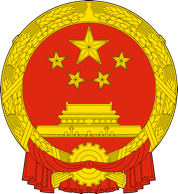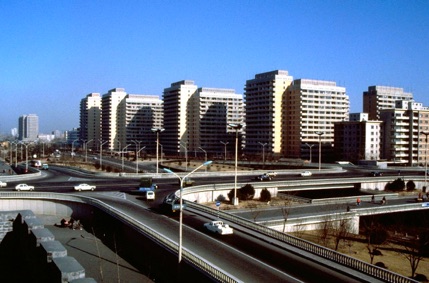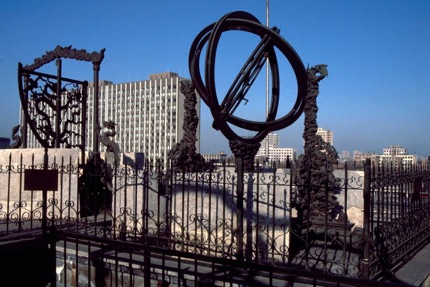China 1985

Kyrgyzstan and Tajikistan 2018

Our day began at 8:00am this morning with a walk to the CAAC office to try and get a new ticket issued for the student who had lost his air ticket. Our local guide assured us that the office opened at 8:00am, but upkn arrival at CAAC we found the opening time to be 9:30am. As our bus was to leave our hotel at 9:00am we could not wait, and so we walked back to the hotel.
Our first visit for the morning was to the Chairman Mao Mausoleum in Tian An Men Square. Mao’s body is displayed in a crystal coffin, draped with the flag of the Chinese Communist Party. The body has apparently been restored recently, and it appears less shrivelled but more vinyl-like than when I saw it was three years ago. Despite the current party line that “Mao was 70% correct, 30% wrong”, he continues to attract long queues of people, although nowadays they move through at a less respectful and reverent pace that I recall three years ago.
From the Mao Mausoleum, we travelled east to the old Jesuit observatory. Built in the mid 1600s near the old east gate to the inner city, it was closed for 25 years until being restored in 1979. As well as the magnificent old astronomical the instruments on top, the observatory offered stunning views of new Beijing, with its high rise flats and triple level traffic interchanges that have been built to smooth the traffic flow of the bicycles.
Before having lunch, we visited Coal Hill (or Jing Shan), which is an artificial hill immediately north of the Forbidden City (all of Beijing’s hills – both of them – are artificial; the city is extraordinarily flat). Coal Hill was originally part of the palace grounds, and was built with material excavated during the construction of the palace moats. The hill was supposed to protect the palace from evil spirits (and dust storms) from the north, but it didn’t work too well for Chong Zhen, the last emperor of Ming Dynasty – the tree can still be seen on Coal Hill on which he hanged himself in 1644 rather than see the invading Manchurians take over his city.
From Coal Hill, we had magnificent views overlooking the Forbidden City, Di'anmen Street and the old Drum Tower to the north, the white dagoba and the frozen lake of Beihai Park to the north-west and the urban redevelopment of an old grey hutong area to the north-east.
After lunch, we returned to the hotel, and while most of group had a rest, I made my fourth attempt at obtaining the replacement air ticket from the CAAC office. This time the office was open, but we were informed that this particular office could only issue CAAC tickets – Qantas tickets had to be issued by the head office in the inner city.
We spent the afternoon in our final visit to the Beijing Foreign Languages School. It was easily the most useful of the visits. The boys had about an hour of informal talks with the Chinese students before some “friendship games” of basketball and volleyball. Another session of informal talking followed before a magnificent dinner accompanied by speeches and exchanges of gifts, and finally reciprocal musical performances. The discussions seemed wide ranging – one student commented that he had never been asked before “WHY do you believe in God?”. We left, tired but happy, at about 9:30pm.

Day 17
Beijing
Thursday, 19 December 1985









